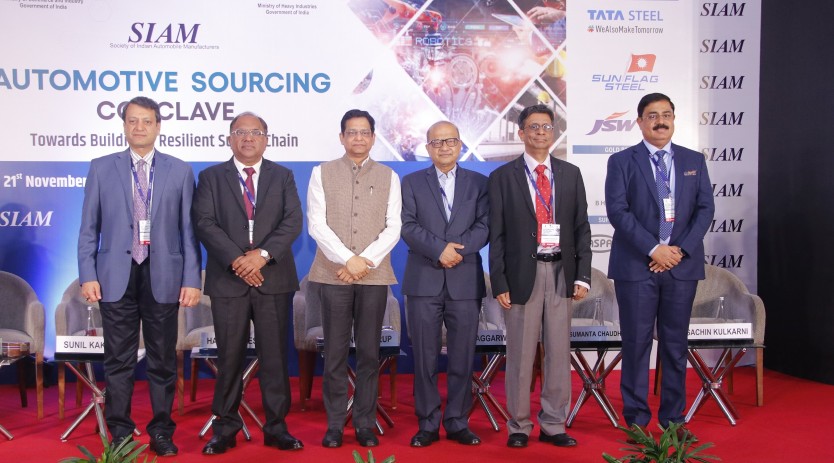Smart Machining
January 6, 2016 11:56 am
How advanced milling technology can increase productivity and how die and mould makers keep up with it.
Many mould makers now a days use new tooling developed to solve the technical and business challenges. For milling pre hardened dies and moulds to close tolerances reflects to slower output to get higher quality levels demands. But in today’s scenario, with global competition, demand for greater output with shorter lead time is essential for mould shop keepers to survive.
Advanced milling technology is essential for mould makers to overcome this problem. This will help them to mill hard material of die and mould, enhance productivity and there by staying in competitive market.
S D Joshi, General Manager, Design (CNC Machines Division), Premier Ltd says, “Die and mould work is precise and short runs. So selection of tooling is important to keep from risking damage to expensive work pieces. New cutting tools which cost very little in the big picture remove metal upto 10 times faster than old ISO style cutters and enhance the productivity.”
Joshi adds, “A plunge cutter, for example, rough-cuts larger dies and moulds up to four times faster than common shoulder mills or end mills. The strong cutter with its large flutes eases chip evacuation, allowing quick removal of large amounts of metal. The plunge cutter also directs cutting forces straight back into the spindle to minimise wear and tear on expensive machines.”
Steel alloys for many die and mould applications are now machined at a higher hardness level. While tool steels were once considered hard at 45 Rockwell C (Rc), steels machined at 63 Rc are now common.
For all the advantages of hard-part machining, the heat and pressure encountered when milling hardened alloys causes rapid failures in conventional carbide cutting inserts. “There is a new type of carbide insert that has been developed specifically for machining hardened steel alloys at elevated cutting speeds,” observes Joshi.
“To a greater extent than general-purpose milling operations, mould makers rely on small-diameter profiling tools to reach deep into cavities. Larger cutters (diameter 2” and above) commonly use rigid tool holders, extensions and reducers to extend their reach and hold tight tolerances,” explains Joshi.
New carbide end mills have been developed specifically to finish fine die and mould details in steel 52 Rockwell and harder. In hard materials, the new tools typically increase speeds and feeds 20 per cent as compared with previous solid carbide cutters.
“Today’s sophisticated machining software provides opportunities to incorporate more productive and efficient tool paths into mould making routines. However, the most productive software has to integrate optimum tool feeds and speeds into those complex milling routines,” concludes Joshi.
Cookie Consent
We use cookies to personalize your experience. By continuing to visit this website you agree to our Terms & Conditions, Privacy Policy and Cookie Policy.
















